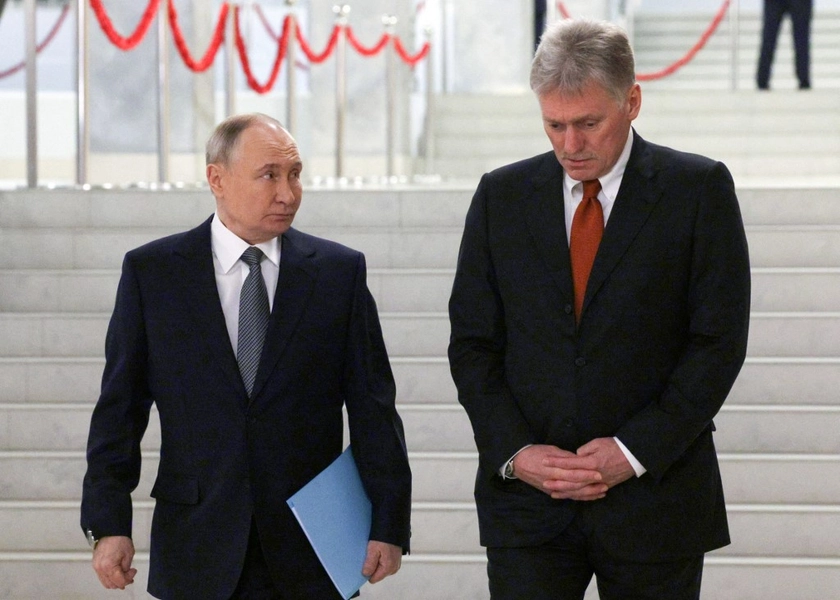As Ukrainian tanks and infantry poured over the Russian border in the Kursk region on Aug. 6 in a shock turn of the war, soldiers from the 82nd Airborne Assault Brigade initially encountered no resistance, according to a soldier from the brigade who spoke to the Financial Times.
A soldier known only as Volodymyr told how his brigade was among the first to enter the Kursk region. They had been relocated from Kharkiv, where they had been holding off assaults by massed Russian forces.
JOIN US ON TELEGRAM
Follow our coverage of the war on the @Kyivpost_official.
“We entered Russian territory for the first time at 1 p.m. on Tuesday [Aug. 6],” Volodymyr said. “We were among the first to enter there.”
Upon crossing the border, they came across a Russian military compound where soldiers were simply “sitting in the woods and drinking coffee."
“Then our Stryker drove right into their table. We killed many of them on the first day,” he said. “Because they were unarmed and didn’t expect us,” he said, adding that dozens of Russian soldiers had surrendered.
Unlike last year's troops, who struggled with complex Russian defenses during a major counteroffensive, the forces attacking the Kursk border areas crossed swiftly and without difficulty—the first foreign army to do so since World War II.
On Aug. 9, Volodymyr’s Stryker unit was hit by a hand-held anti-tank grenade launcher. Although his driver suffered a concussion, no Ukrainian soldiers were killed, and the damaged vehicle was towed back to Ukrainian territory.

Ukraine Must Be Part of Peace Talks to End Putin’s Terror
After entering the Kursk region, according to Volodymyr, Ukrainian forces began digging trenches, anticipating a Russian counterattack.
However, instead of ground assaults, the Russian military responded with aerial bombing and drone attacks.
Despite this, Ukrainian troops maintain that Russia’s forces have failed to halt their progress, reporting that many of Moscow’s reinforcements were captured or killed.
Ukrainian forces have advanced 5-10 kilometers (3 -6 miles) daily, covering more than 30 kilometers (19 miles) in a week. On Monday, August 12, Commander-in-Chief Alexander Syrsky estimated that Ukrainian troops had taken control of around 1,000 square kilometers (390 square miles).
However, not all Ukrainian soldiers were convinced of the operation's value. Some expressed concerns about abandoning their positions in the Donetsk region to be relocated for this operation.
Many soldiers admitted they were unclear about their mission in the early days of the invasion.
Denis, another Ukrainian soldier, suggested to the FT that the operation aimed to capture Russian territory and exchange it for Ukrainian land in the event of future negotiations.
“We can fight here and take over their territory. Then negotiations can begin, and we can exchange land.”
Some soldiers suggested the operation was also intended to divert Russian forces from the front lines in southern and eastern Ukraine where Kyiv’s forces have been under increasing pressure.
You can also highlight the text and press Ctrl + Enter











